Xin-She Yang - Nature-Inspired Optimization Algorithms
Here you can read online Xin-She Yang - Nature-Inspired Optimization Algorithms full text of the book (entire story) in english for free. Download pdf and epub, get meaning, cover and reviews about this ebook. year: 2014, publisher: Elsevier, genre: Science. Description of the work, (preface) as well as reviews are available. Best literature library LitArk.com created for fans of good reading and offers a wide selection of genres:
Romance novel
Science fiction
Adventure
Detective
Science
History
Home and family
Prose
Art
Politics
Computer
Non-fiction
Religion
Business
Children
Humor
Choose a favorite category and find really read worthwhile books. Enjoy immersion in the world of imagination, feel the emotions of the characters or learn something new for yourself, make an fascinating discovery.

- Book:Nature-Inspired Optimization Algorithms
- Author:
- Publisher:Elsevier
- Genre:
- Year:2014
- Rating:5 / 5
- Favourites:Add to favourites
- Your mark:
Nature-Inspired Optimization Algorithms: summary, description and annotation
We offer to read an annotation, description, summary or preface (depends on what the author of the book "Nature-Inspired Optimization Algorithms" wrote himself). If you haven't found the necessary information about the book — write in the comments, we will try to find it.
Nature-Inspired Optimization Algorithms provides a systematic introduction to all major nature-inspired algorithms for optimization. The books unified approach, balancing algorithm introduction, theoretical background and practical implementation, complements extensive literature with well-chosen case studies to illustrate how these algorithms work. Topics include particle swarm optimization, ant and bee algorithms, simulated annealing, cuckoo search, firefly algorithm, bat algorithm, flower algorithm, harmony search, algorithm analysis, constraint handling, hybrid methods, parameter tuning and control, as well as multi-objective optimization.
This book can serve as an introductory book for graduates, doctoral students and lecturers in computer science, engineering and natural sciences. It can also serve a source of inspiration for new applications. Researchers and engineers as well as experienced experts will also find it a handy reference.
- Discusses and summarizes the latest developments in nature-inspired algorithms with comprehensive, timely literature
- Provides a theoretical understanding as well as practical implementation hints
- Provides a step-by-step introduction to each algorithm
Xin-She Yang: author's other books
Who wrote Nature-Inspired Optimization Algorithms? Find out the surname, the name of the author of the book and a list of all author's works by series.

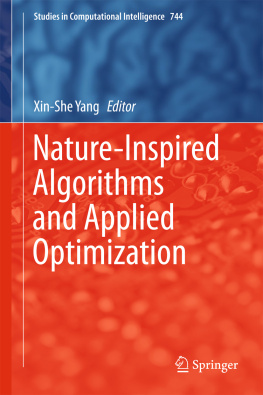
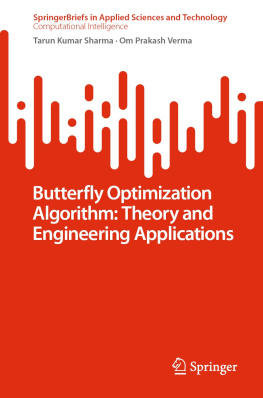
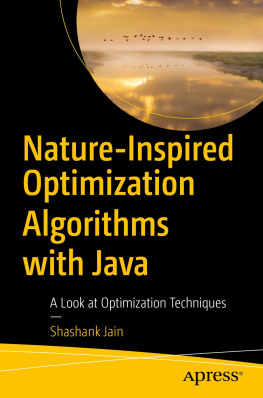
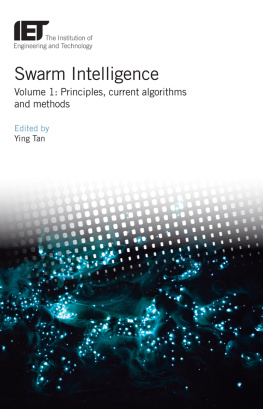
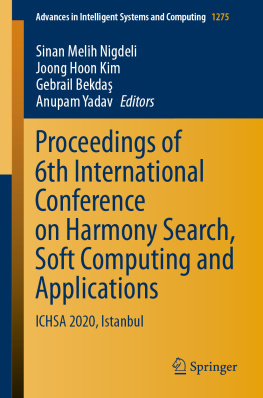
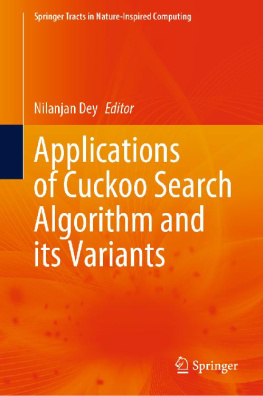
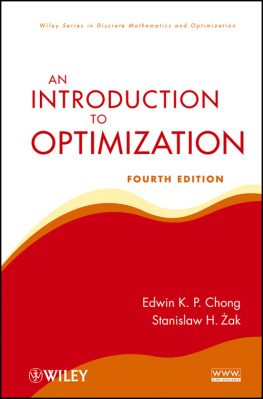
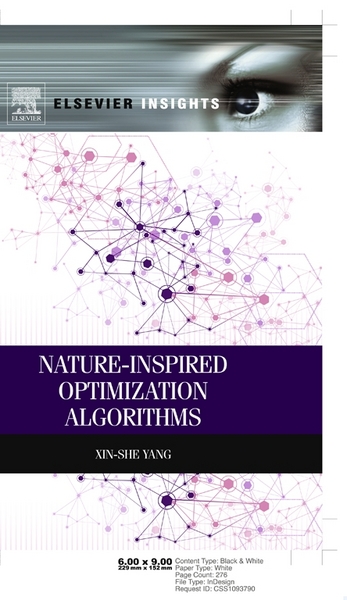

 or
or  , can be written as
, can be written as (1.1)
(1.1) , say,
, say,  . Here,
. Here,  is the iteration counter or index, also called the pseudo-time or generation counter .
is the iteration counter or index, also called the pseudo-time or generation counter . in the following form:
in the following form: (1.2)
(1.2) with
with  , we have
, we have (1.3)
(1.3) (1.4)
(1.4) (1.5)
(1.5) after just five iterations (or generations) is very close to the true value of
after just five iterations (or generations) is very close to the true value of  which shows that this iteration method is very efficient.
which shows that this iteration method is very efficient. converges to the true value
converges to the true value  due to the fact that
due to the fact that (1.6)
(1.6) . However, a good choice of the initial value
. However, a good choice of the initial value  will speed up the convergence. A wrong choice of
will speed up the convergence. A wrong choice of  could make the iteration fail; for example, we cannot use
could make the iteration fail; for example, we cannot use  as the initial guess, and we cannot use
as the initial guess, and we cannot use  either since
either since  (in this case, the iterations will approach another root:
(in this case, the iterations will approach another root:  ).
). is the lower bound and
is the lower bound and  is upper bound. If
is upper bound. If  , then
, then 